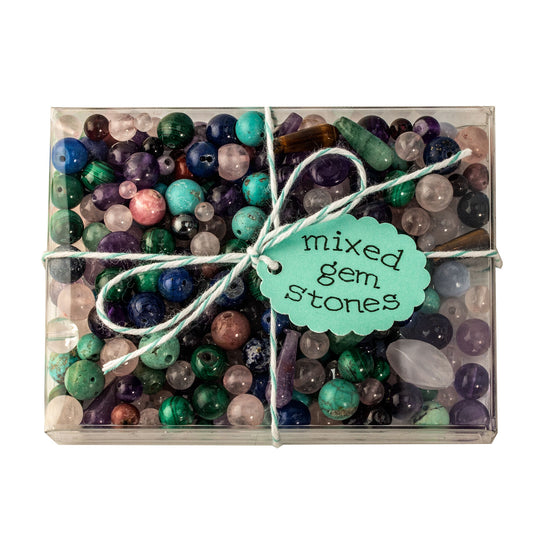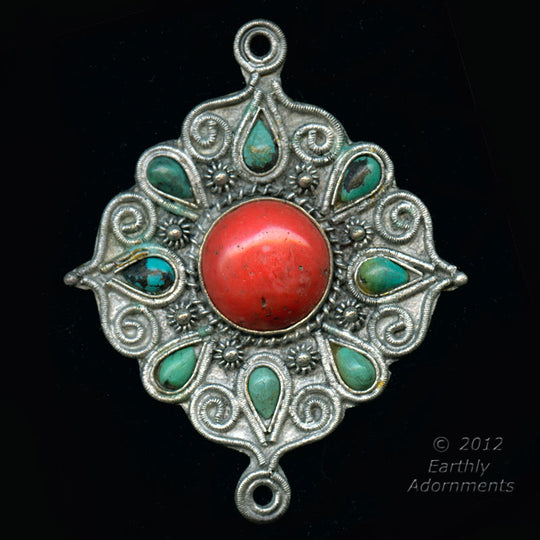I like finding the antique pieces, especially those that are unusual is a always great. Have purchased a number from EA. Always find something new and unusual.
These beads look great combined with gemstones (lapis, turquoise, etc.) and glass beads. I really like them with white beads for summertime. Size is perfect for bracelets.
I love the glass beads from your store. Everything arrived on time, beautifully packaged - just perfect!
The shipping was fast and loved the product.
Beautiful rich color variations including dark red brown. The carved ridges lean to wire wrapping.










